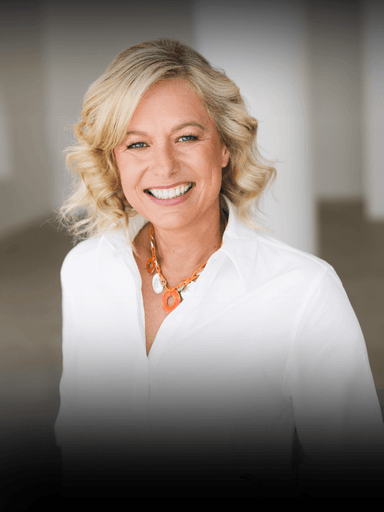Stategic Alignment in Leadership: Emerging Leaders Program Summary
Session 3 of Growth Faculty's Emerging Leadership Program with Kylee Stone


Leadership
Kylee Stone
Founder and CEO of The Performance Code
Kylee Stone, Founder + CEO of The Performance Code, is a formidable leader and proud
descendant of the Waka Waka and Kullili First Nations People with an illustrious career marked by
operational excellence, high-performance growth, team development and business
transformation.
A former Director of Marketing and Strategy with News Corp Australia, Kylee’s 25 years’
experience in the corporate arena, underscored by the successful facilitation of highly engaging,
transformational learning programs has earned her the esteemed reputation as “one of the most
authentic leaders of our time” and “quite literally the female version of Tony Robbins”.
As an award-winning leader, Kylee’s prowess extends beyond accolades. In 2018, she stood
among the 13 Indigenous Leaders in Business honoured with the NAIDOC ‘Because of Her We
Can’ Award by the Qld Govt Office for Women.
In 2020, she collaborated with Qantas to lead a global wellbeing program during the peak of the
pandemic, earning her recognition as one of LinkedIn’s Top 20 Voices for her thought leadership
on resilience.
Upcoming Learning
Who's Up Next?We're continually sourcing the world's greatest minds for your business success, so subscribe today for event updates, business ideas, leadership tips and tools for growth.
Related Articles



